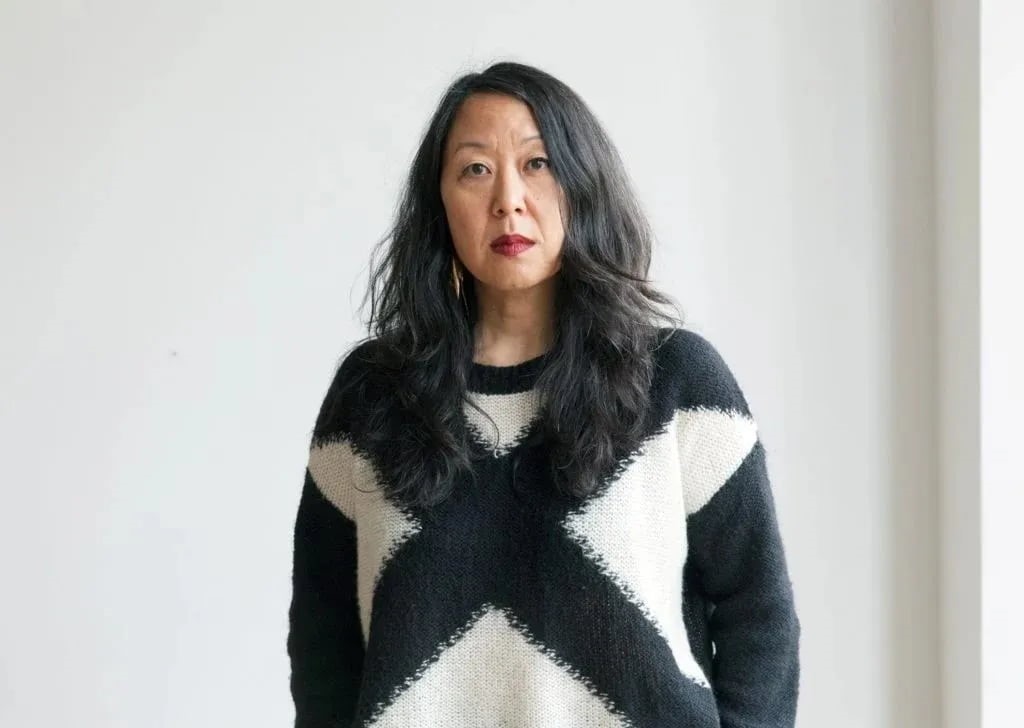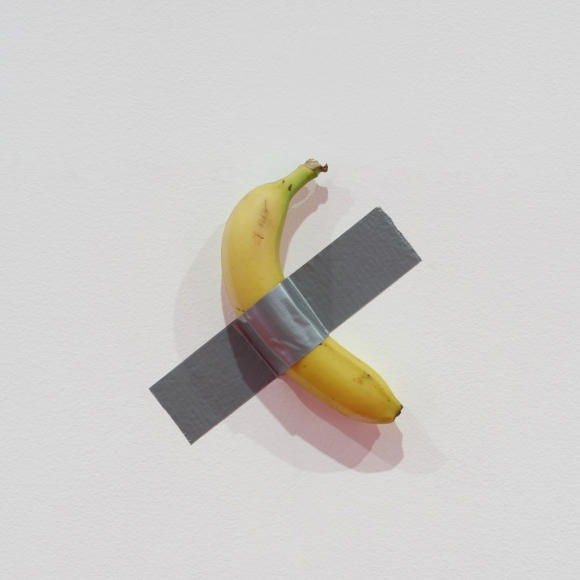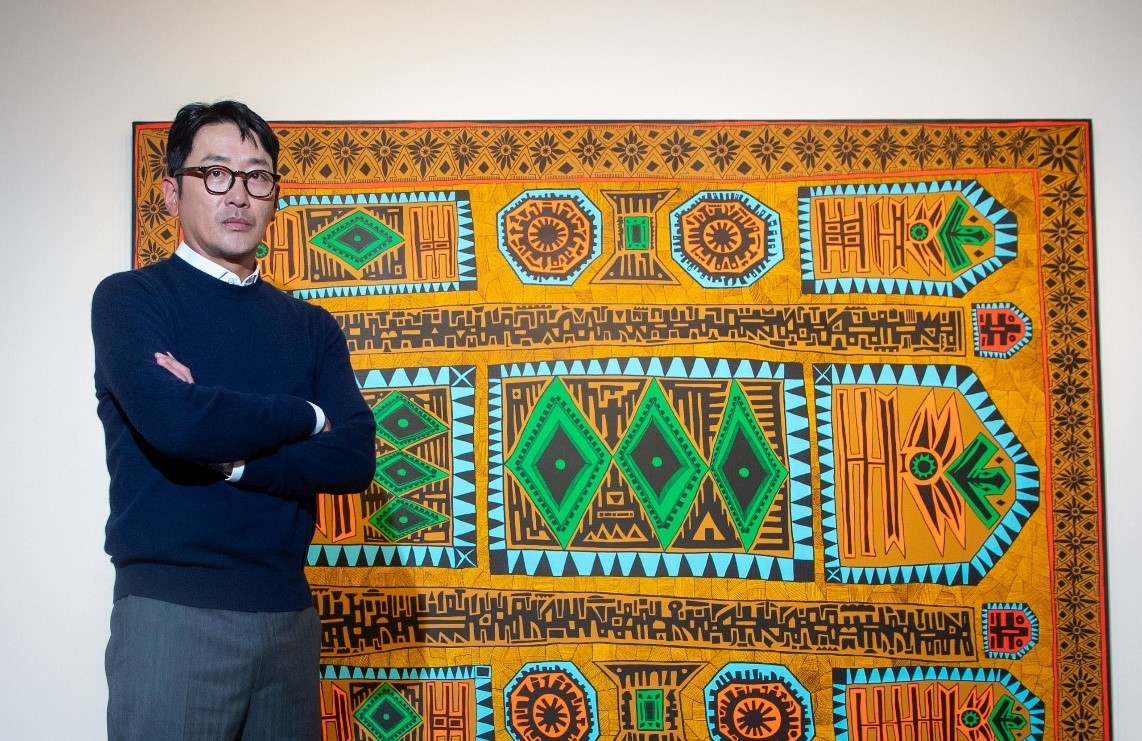ArtReview, a UK-based international contemporary art magazine, has announced its latest ‘Power 100’ list which ranks the most influential arts people around the world.
This year’s list named ERC-721, a non-fungible token(NFT) standard, as the most influential player, instead of a person.
 Photo by Ashwin Vaswani on Unsplash
Photo by Ashwin Vaswani on UnsplashNFTs use blockchain technology to provide a unique unit of data stored on a digital ledger associated with digital files such as images, videos, and games.
Unlike cryptocurrencies such as Bitcoin, each NFT has a different value; thus, every NFT is different, and they are not mutually interchangeable. In other words, NFTs make it possible to track artworks’ ownership, provenance, and authenticity.
NFTs have opened up new market possibilities in the art world. For instance, digital art has often been undervalued because of its easily reproducible nature.
In contrast, NFTs cannot be directly duplicated. Even if a copy exists, the original file can be demonstrated through the stored data; thus, these artworks can have scarcity value.
 Photo by Maximalfocus on Unsplash.
Photo by Maximalfocus on Unsplash.NFTs have also offered a new way to collect art, bringing in an entirely new collector base.
They have created opportunities for communities with little connection to the art world, such as the blockchain and cryptocurrency communities and digital-friendly millennials, to become art collectors.
In addition, NFTs have also provided artists with new creative methods and a new revenue stream. Thus, they have broadened the art market in various ways.
Including NFT arts, the total NFT trading volume in the third quarter of 2021 surged to $10.7 billion. NFT sales reached $2.5 billion in the first half of 2021, up from $13.7 million the same time last year, according to analytics platform DappRadar.
And the Hiscox Online Art Trade Report 2021 found that the volume of NFT works had reached $3.5 billion by the third quarter of 2021.
 Photo by Marius Masalar on Unsplash.
Photo by Marius Masalar on Unsplash.The NFT art market especially received explosive attention last March.
An NFT artwork by Mike Winkelmann (aka Beeple), Everydays—The First 5000 Days, was offered by a major auction house, Christie’s, and sold for $69 million.
Not only did it set a record for a digital artwork at the time, but Beeple became the third-most valuable living artist in terms of auction prices, after Jeff Koons and David Hockney.
In the case of Korea, Korean artist Mari Kim sold her animation NFT work Missing and Found (2021) for 288 Ethereum (ETH), equivalent to 600 million KRW(about $500,000), in March, 12 times the starting price.
Another Korean NFT artist, Mr. Misang, who has had a career in commercial illustration and animation, once reached the top 3 highest-selling artists on the global NFT trading platform SuperRare with his series entitled Modern Life is Rubbish.

Photo by Michael Dziedzic on Unsplash.
Yet, NFT sales, which had drawn a sharply rising curve earlier this year, dropped by 69% by September, showing big swings in the sales figures.
For this reason, some believe that NFTs are only a temporary phenomenon that will eventually die down, just like other new art genres that disappeared in art history.
On the other hand, as more artists are offering NFT works, and as NFTs are becoming widely visible in various fields such as sports and entertainment, other experts see the NFT art market eventually settling into the mainstream.
References
- Hiscox, Hiscox Online Art Trade Report 2021-part one
- DappRadar, Dapp Industry Report: Q3 2021 Overview, 2021.10.01
- ArtReview, NFTs: the Year the Artwork Was Finally Dematerialised, 2021.11.30
- Business Wire, Korea’s First NFT Art Auction Sold Mari Kim’s Artwork for KRW 600 Million, 2021.04.19
- The Korea Herald, NFT art shakes up Korean art market, 2021.06.09
- Nifty Gateway, Masked Workers by Mr. Misang



















